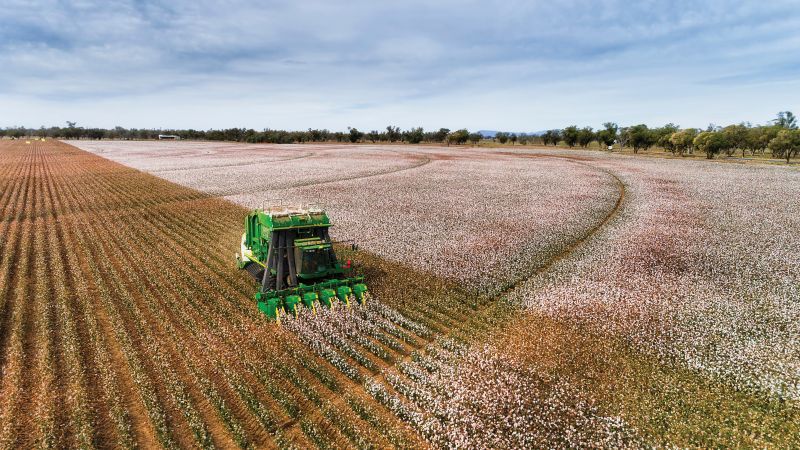Spinners Need Short-term Contracts to Manage Volatility
The cotton market continues to surprise participants with its ability to defy expectations. Erratic weather patterns, the influence of hedge funds and other financial traders, government intervention, and a rapidly growing population have all conspired to create astonishing volatility, with both record highs and crashing lows within the space of a single season.
Not only does this volatility exacerbate the problems faced by participants in the cotton textile chain, but in a broader view serves to drive consumers away from cotton products due to high and unpredictable prices. Mitigating these issues requires a return to conservative, sustainable business practice with a focus on the sanctity of contracts.
Perhaps more than any other party, spinners and manufacturers have suffered greatly as a result of the volatility. Several spinners have been forced to close or restructure as a result of speculative raw materials purchases.
However, manufacturers are doubly pressured: not only are they exposed directly to the vagaries of the cotton market through their raw materials requirements, but they must also face uncertain contracts with respect to the sale of their products.
Many are now convinced that speculative purchases are too risky.
It is unfortunate that many had to learn this lesson the hard way, but the market seems to indicate that the surviving players have, at least for now, returned to a more conservative purchasing pattern, in which they would cover short-term needs by purchasing smaller quantities more frequently.
The difficulty arises when parties higher up the textile chain, such as importers, resellers and retailers, demand long-term contracts at fixed prices. Not only does this reinforce speculative behavior, it also exposes the retailers to fixed-price contracts, which are often canceled or adjusted when prices change, leaving manufacturers in an unenviable position. While cotton purchases are strictly enforced – usually by a regulatory body or authority such as the International Cotton Association – sales of yarn, fabric and finished goods are typically not enforced strictly and may often be canceled under the pretense of a quality or delivery claim, with no possibility of arbitration.
Such practices serve only to reinforce the cycle of volatility and high prices. Manufacturers are left overstocked with expensive cotton, thus reducing raw material purchases, and suffer losses as a result. Their customers shy away from buying finished or intermediate goods, thus creating inventory shortages and empty shelves. The market price for cotton falls dramatically and the farmer plans to replace cotton with a competing crop for which a higher, more stable return may be earned. Finally, when the time comes for retailers to refill inventory and resume purchasing, the resulting shortage of raw material causes a spike in the price, and the cycle repeats. Everybody loses.
The solution is to realize that all parties in the cotton textile chain are equally important. The growers, manufacturers, resellers, and retailers must all make a viable return in order for cotton to remain stable and, more importantly, competitive as a consumer fiber. With market volatility the new norm, it is in the interest of all parties to enter into shorter-term contracts and make more frequent purchases, whether in terms of raw materials, intermediate products, or finished goods.









